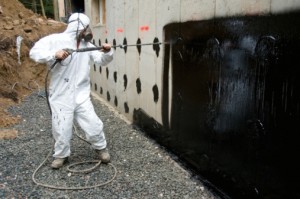 Each year, workers in Kentucky are injured and killed when they become trapped in tight spaces.
Each year, workers in Kentucky are injured and killed when they become trapped in tight spaces.
There were nearly 3 million workplace injuries – and close to 4,700 deaths – nationally in 2011, according to the Occupational Safety and Health Administration. Approximately eight percent of those fatalities were “caught in or caught between” accidents.
A case in point: an employee of a Lexington garden and fountain company was hurt May 2 when he got his arm stuck in a 10-inch pipe, according to the Lexington Herald-Leader.
Another worker was injured trying to free the trapped man, and a third worker hurt his back. The accident occurred as the three men were draining a private pond. All of them were taken to University of Kentucky Chandler Hospital, but none appeared to have life-threatening injuries, the newspaper reported.
Ten Top Causes of Kentucky Worker Injuries
Here are the ten leading causes of on-the-job injuries and deaths in Kentucky, based on state and federal statistics:
- Slips, trips and falls
- Electrocutions
- Motor vehicle crashes
- Assaults and other acts of violence
- Machine malfunctions
- Fires and explosion
- Exposure to harmful chemicals and toxic materials
- Caught in or pinched between objects
- Struck by falling materials
- Eye injuries
In most situations, injured workers in Kentucky will be eligible for workers’ compensation benefits.
Workers’ compensation is a no-fault system of insurance. This means that regardless of who is responsible for causing the accident – whether it was the worker, employer or a co-worker – benefits are available to cover medical care and other needs of injured workers. Survivors of a worker who dies in a work-related accident may also be entitled to benefits.
Here are examples of on-the-job injuries that might be covered by workers’ compensation:
- A carpenter breaks a leg when he falls from scaffolding.
- An office worker suffers a back sprain bending over to pick up a dropped pencil.
- As assembly line worker suffers shoulder damage from performing the same repetitive motions with a vibratory tool over a long period of time.
- A painter is injured by breathing hazardous fumes after a chemical spill.
- A drill press operator is badly hurt because a safety shut-off switch was deactivated.
- A truck driver is burned in a wreck.
Sometimes an injured worker may also have legal claims against other parties who contributed to the danger, such as landowners, motorists, property inspectors and machine manufacturers.
Sources:













